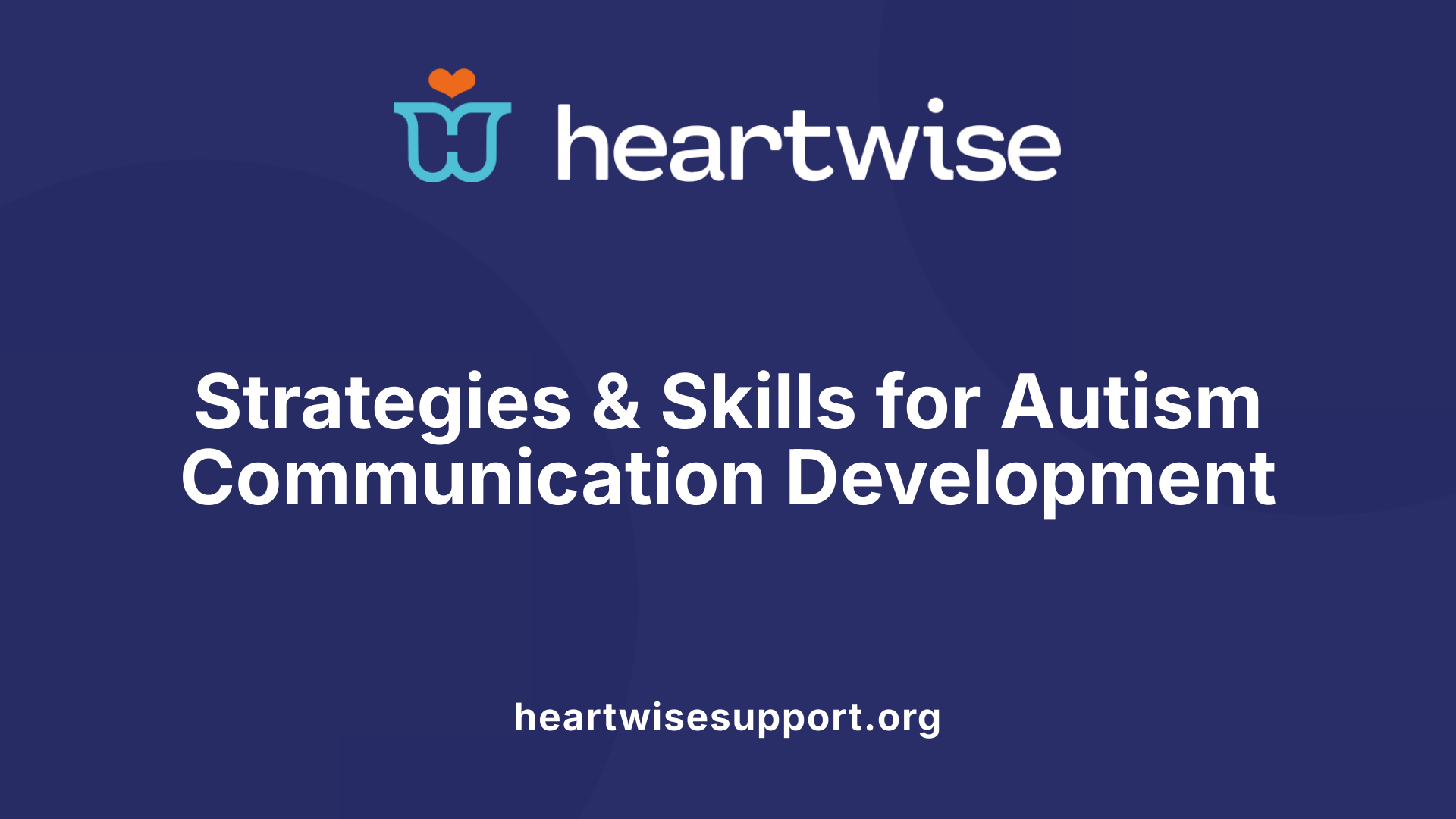Understanding the Foundations of Communication Goal-Setting in Autism Spectrum Disorder
Developing effective communication goals in speech therapy for children with autism requires a comprehensive understanding of core areas such as joint attention, social reciprocity, language, and emotional regulation. These domains form the basis for tailored intervention strategies that promote functional communication, social engagement, and independence. By integrating evidence-based practices with neurodiversity-affirming principles, clinicians and caregivers can collaboratively establish goals that respect each child's unique strengths and challenges, ensuring a supportive environment for meaningful progress.
Core Domains of Communication Development in Autism

What are characteristics of joint attention in children with autism?
Joint attention is a fundamental social communication skill that involves sharing focus on an object or event with another person. For children with autism, developing joint attention can be particularly important, as it lays the foundation for language and social skills.
Effective development strategies include encouraging responding to a caregiver’s voice, noticing gaze shifts, recognizing others' emotions, and commenting on shared experiences. Using engaging activities like pointing to objects, following gaze, and imitation exercises helps foster joint attention.
In therapy, incorporating visual supports such as pictures or videos, along with social stories and role-play, can facilitate understanding and use of gaze and gestures. Early intervention programs, like Naturalistic Developmental Behavior Interventions (NDBI), focus on natural opportunities for shared attention, promoting spontaneous interactions.
By targeting joint attention, children learn to engage more meaningfully with their environment and caregivers, which supports broader language and social developmental goals.
How does social reciprocity influence communication development?
Social reciprocity involves the back-and-forth exchange that occurs during interactions, including initiating communication, responding appropriately, repairing misunderstandings, and maintaining topics.
Goals for improving social reciprocity in children with autism may include initiating social bids, repairing communication breakdowns, and participating in reciprocal exchanges that build sustained interaction.
Therapists and educators often work to teach children how to recognize social cues, share comments and requests, and engage in turn-taking activities. Visual supports like social scripts and social stories can help children understand expected social behaviors.
Developing social reciprocity fosters stronger relationships, encourages expressive communication, and enhances understanding of social norms.
What language and cognitive skills are essential for children on the autism spectrum?
Language and cognitive development encompass the ability to share intentions, understand stories, and relate to others' emotions.
Goals include responding appropriately to gestures and vocalizations, understanding story sequences, and expanding literacy skills. Children are supported in pairing vocalizations with gestures, understanding emotions through facial expressions, and using language functionally.
Activities like shared book reading, role-play, and sequencing tasks help develop these skills. For non-verbal children, augmentative communication tools like PECS (Picture Exchange Communication System) and communication devices are essential.
By fostering these cognitive and language abilities, children can better participate in classroom activities, social interactions, and daily routines, promoting overall development.
How important are behavioral and emotional regulation skills?
Self-regulation is critical for managing emotions, behaviors, and transitions. Goals include helping children protest undesired activities, request soothing activities, express their emotional states, and talk through transitions.
Teaching self-monitoring skills and emotional vocabulary enables children to better control their reactions and communicate feelings effectively.
Strategies include using visual timers, social stories, and calming routines. Therapists may teach children to use gestures or words to request breaks or express discomfort.
Enhanced regulation skills contribute to reduced tantrums, better social interactions, and increased independence.
| Core Areas | Focused Skills | Strategies and Supports |
|---|---|---|
| Joint Attention | Responding to voice, gaze shifting, gestures | Imitation, role-playing, visual cues |
| Social Reciprocity | Initiating, repairing, turn-taking | Social stories, modeling, video modeling |
| Language & Cognition | Understanding stories, sharing intentions | Reading, sequencing activities, AAC |
| Behavioral & Emotional Regulation | Self-soothing, transition management | Visual schedules, calming routines, emotion vocabulary |
Understanding these fundamental areas enables therapists, educators, and caregivers to develop comprehensive, individualized goals that support children with autism in reaching their full communicative potential.
The Path Forward in Tailored Communication Development
Developing targeted and individualized communication goals within speech therapy for autism requires a holistic approach that combines evidence-based practices, respect for neurodiversity, and active collaboration among professionals, families, and the individuals themselves. Recognizing the diversity of communication styles and needs, clinicians must design goals that are functional, measurable, and aligned with each child's unique abilities and interests. The integration of AAC, visual supports, social narratives, and structured interventions facilitates meaningful progress and fosters independence. Regular assessment and flexible adjustment of goals ensure that development remains on course and reflects the evolving needs of the child. Ultimately, the commitment to person-centered, neurodiversity-affirming practices creates an empowering environment where children with autism can develop their communication skills, build meaningful social connections, and thrive across all settings.
References
- Speech and Language IEP Goals for Autism Kids | Speech Blubs
- Speech and Language IEP Goals for Autistic Kids
- Functional Communication Goals for Autism: All You Need to Know
- Improving Communication in Autism with Speech Therapy
- Incorporating Speech and Language Goals into at-Home Activities
- The Benefits of Speech Therapy for Children with Autism
- Functional Communication: Goals and Speech Therapy Ideas
- How to Craft AAC Goals for Speech Therapy - SLP Now











